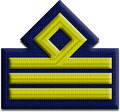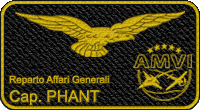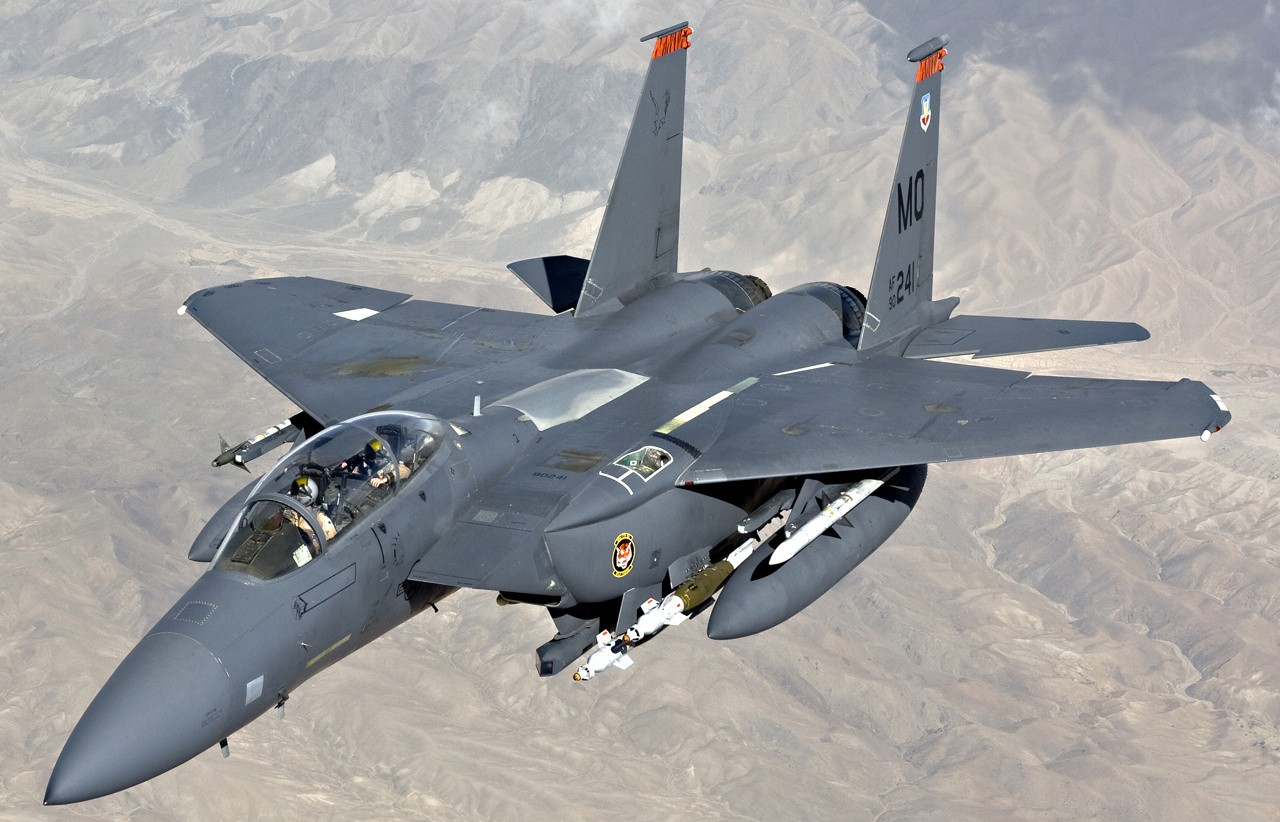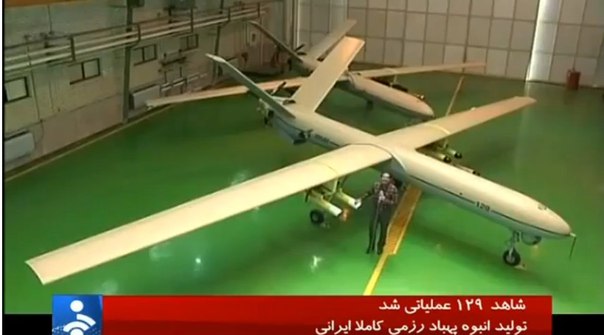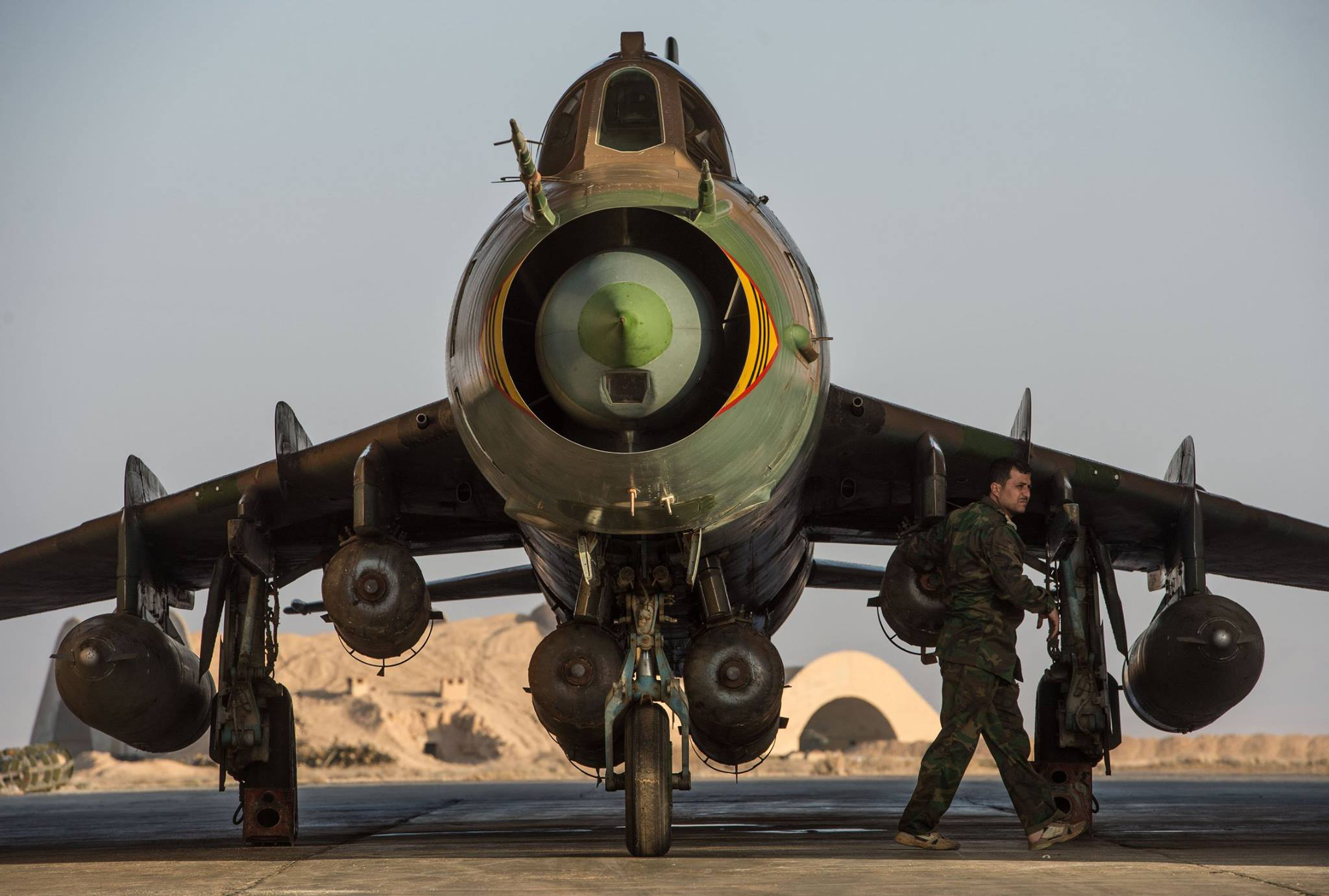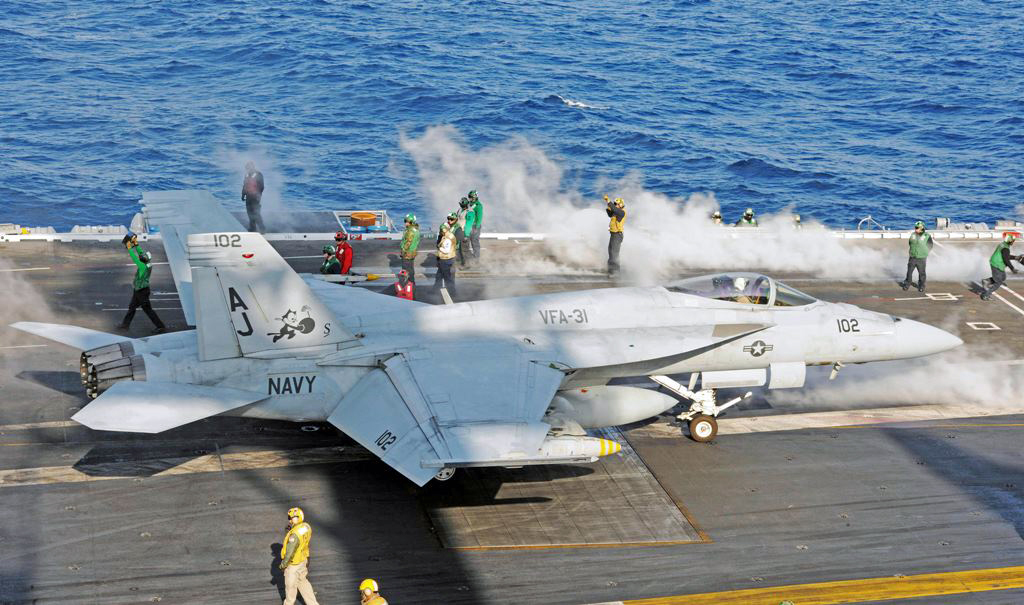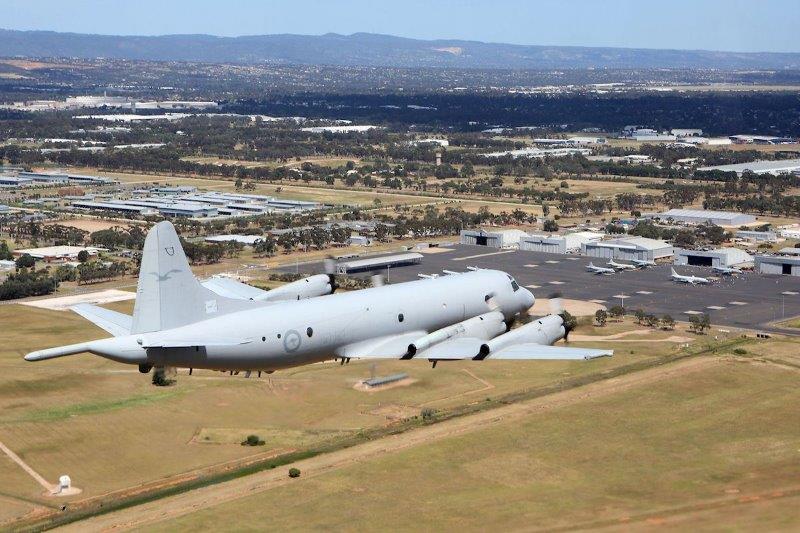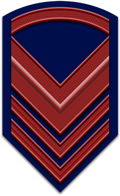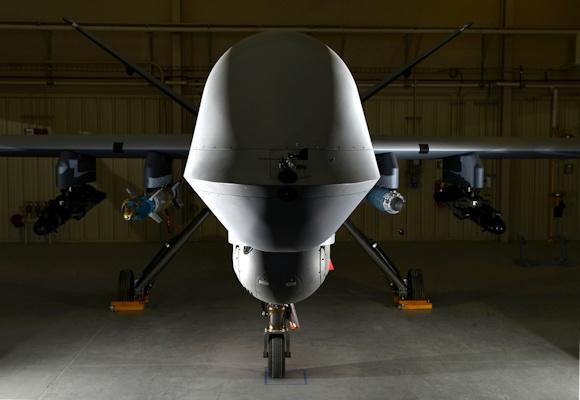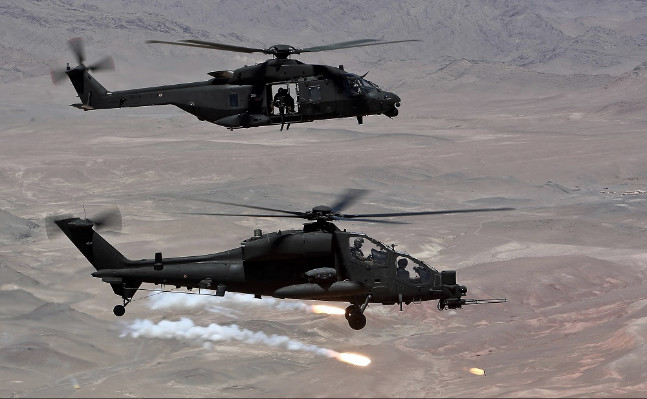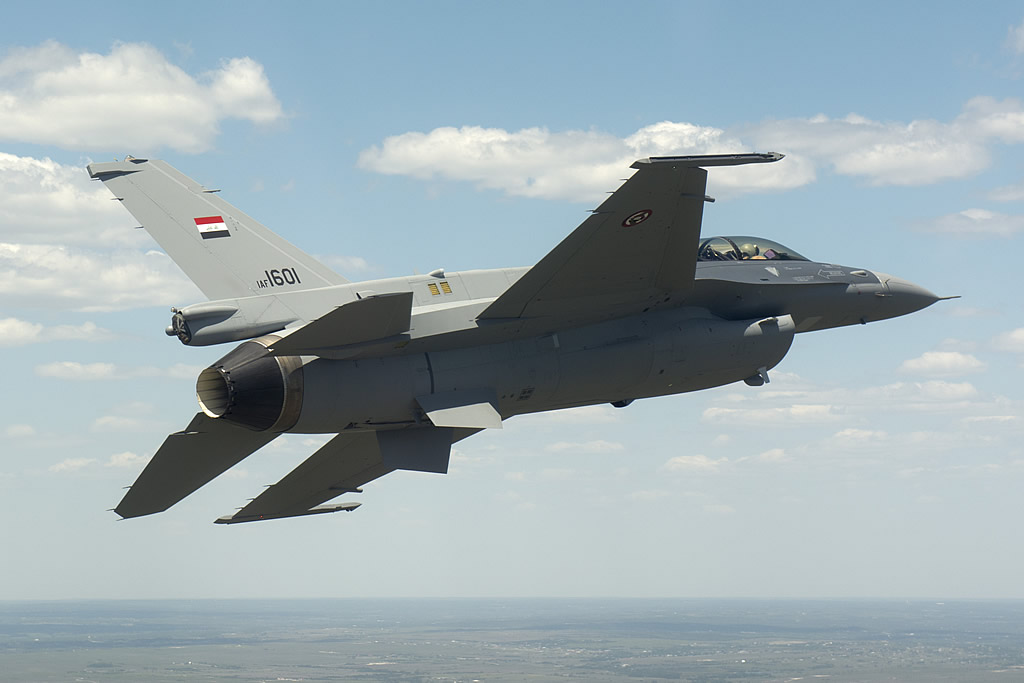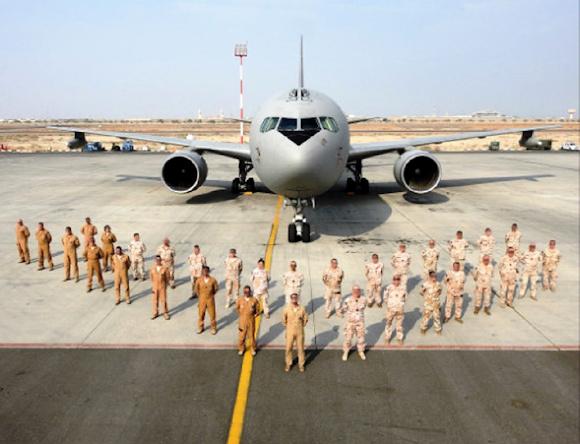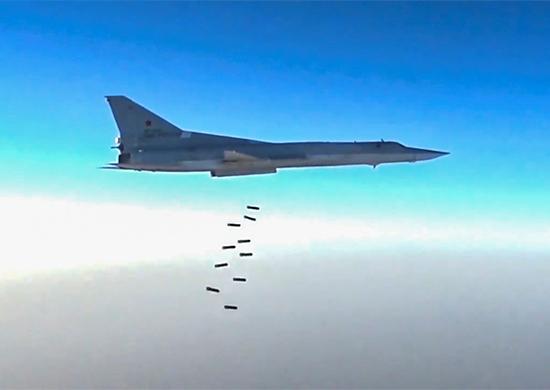ByeAviation-report.com ha scritto:
La Task Force Air Kuwait celebra le 2000 ore degli AMX
Con una cerimonia, alla presenza del Comandante del IT NCC AIR KUWAIT e di una rappresentanza del personale straniero della coalizione, si è celebrato l‘importante traguardo delle 2000 ore di volo in Teatro operativo degli AMX del Task Group Black Cats.
Gli AMX provenienti dal 51° Stormo di Istrana (TV) sono in Medio Oriente da circa dieci mesi e fanno parte del contributo italiano all’operazione nazionale “Prima Parthica” ed internazionale “Inherent Resolve” di contrasto al DAESH.
I 4 velivoli AM-X operano in sinergia con gli altri assetti della coalizione e sono equipaggiati con un sistema di ricognizione d’avanguardia. Grazie al POD da ricognizione RecceLite, dotato di sensori digitali elettro-ottici e all’infrarosso di elevate prestazioni, il velivolo è capace di effettuare ricognizioni su obiettivi terrestri da media e alta quota sia di giorno che di notte.
L’efficacia di tale assetto è anche dovuta alla sua assoluta affidabilità ed ai suoi bassi consumi, che, grazie anche alle operazioni di rifornimento in volo, permettono delle lunghe finestre di copertura aerea sui target assegnati.
Oltre alle missioni operative, il Task Group svolge regolarmente delle missioni addestrative congiunte, finalizzate a incrementare il livello di interoperabilità con i paesi partner della coalizione. In tale ottica, degna di nota è senza dubbio la recente partecipazione degli AMX a una serie di missioni addestrative assieme ai velivoli convertiplano MV-22 Osprey dello Special Marine Air Ground Task Force, mirate a perfezionare le tattiche di recupero di equipaggi e mezzi isolati all’interno di territori ostili.
IT NCC/Task Force Air Kuwait opera dall’ottobre del 2014 con il compito di effettuare operazioni di intelligence, sorveglianza, ricognizione aerea, supporto alla guerra elettronica e di rifornimento in volo. Si avvale di Predator, AMX, e Tanker (Boeing KC767) dislocati su tre basi e secondo un dispositivo complesso, ma perfettamente integrato e sinergico con le molteplici componenti della Coalizione internazionale.
Phant
